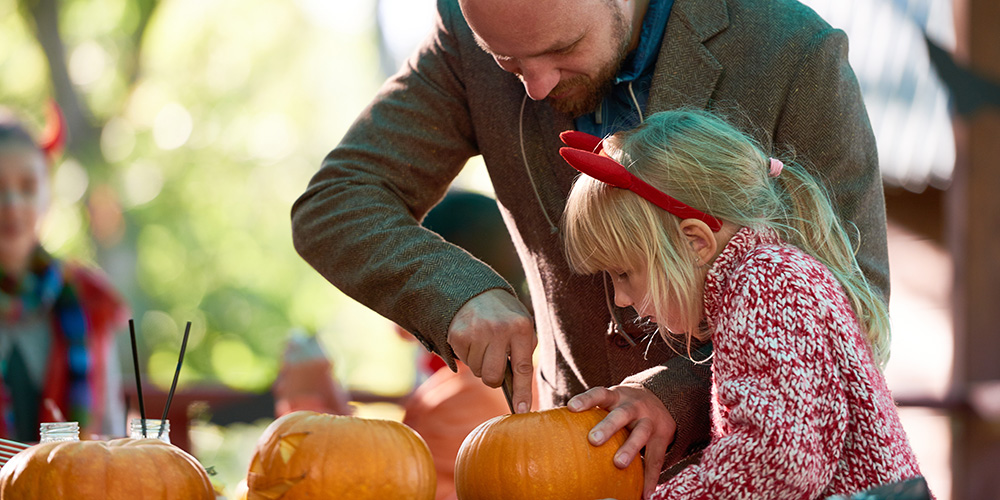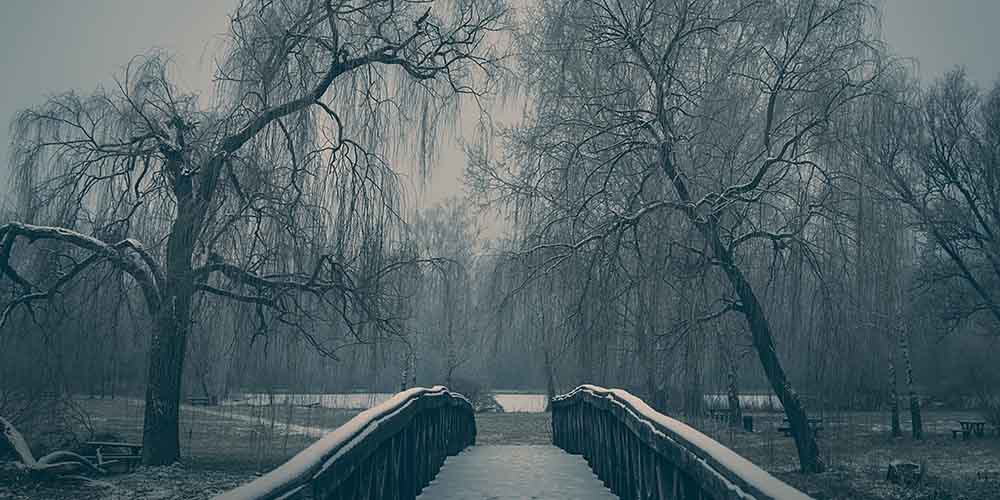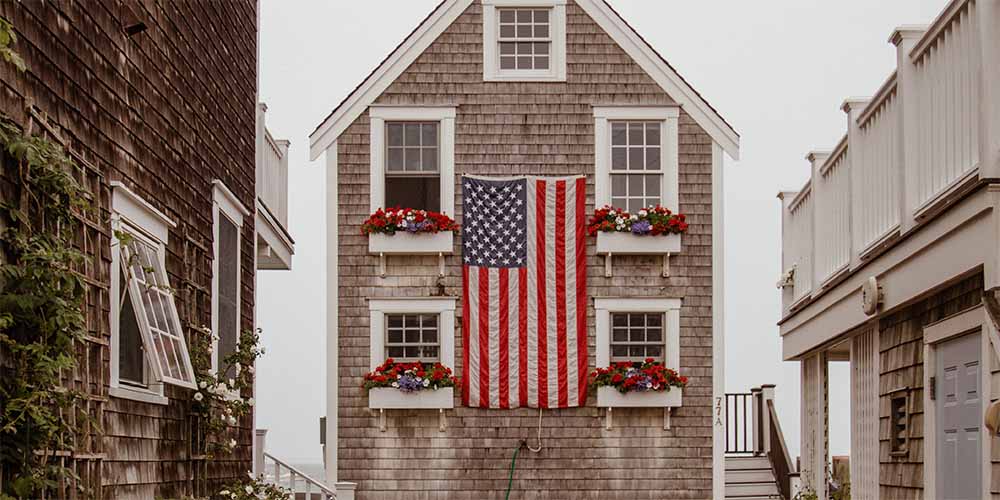The Irish Origin of Halloween: What is Samhain?

Author Jo Kerrigan on Druids, the frightening Fae, and how Halloween evolved from Samhain.
The Weirder The Better

How close are we to the monsters, cryptids, and fae that live beyond this dimension?
Horror in Massachusetts

How do you picture what life was like when pilgrims and Puritans landed in the Massachusetts Bay Colony? And what ghosts linger from those first few decades of trauma and bloodshed?
